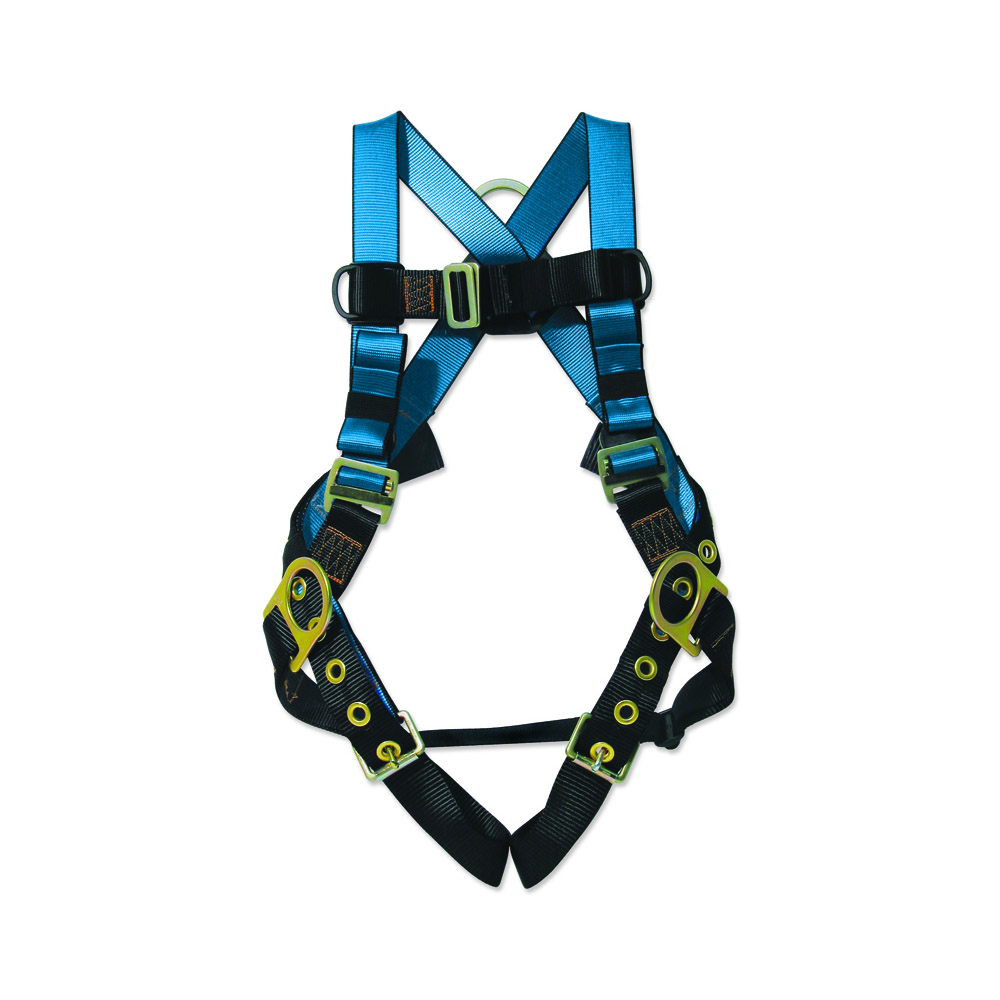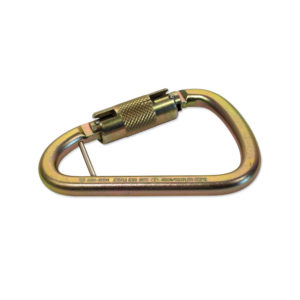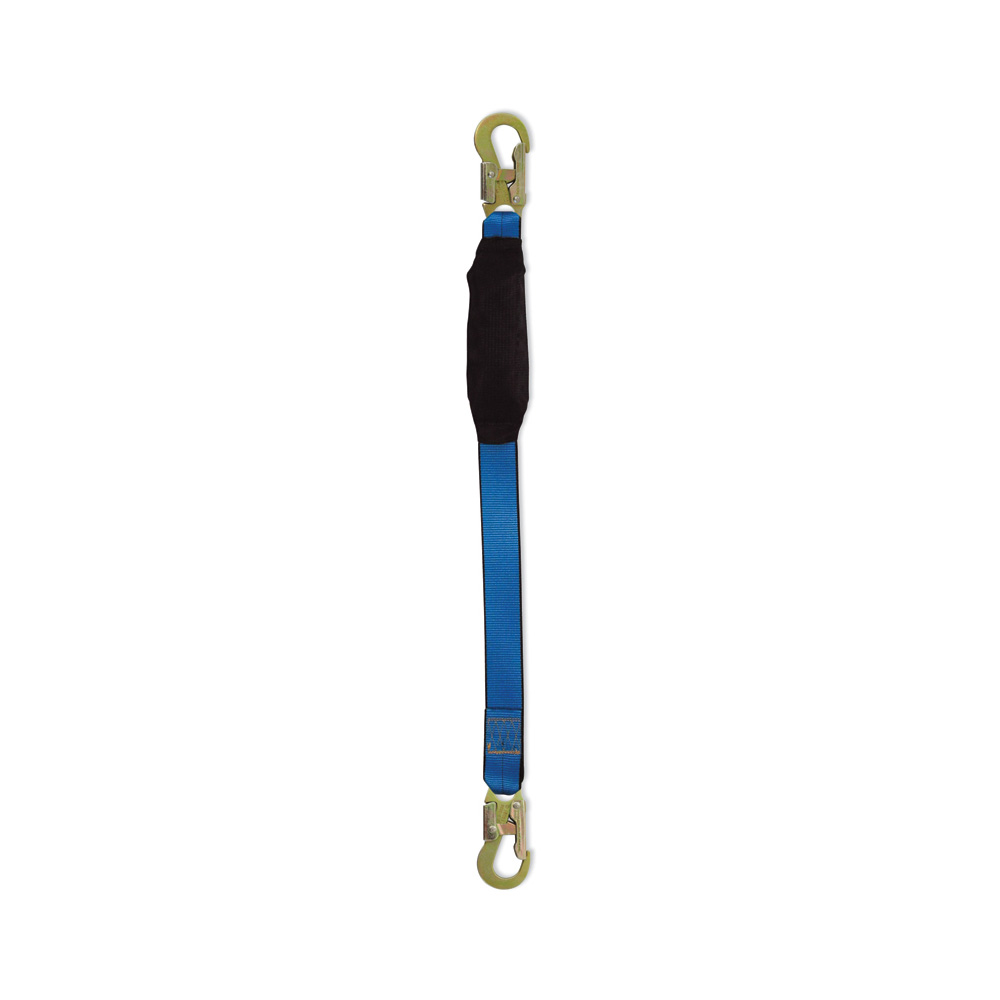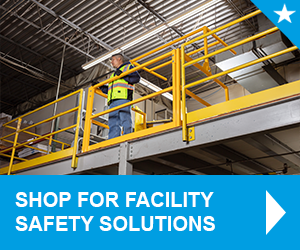
Using personal protective equipment (PPE) is essential for anyone working on an elevated surface. Above all, this is a matter of employee safety. But it’s also important to comply with fall protection regulations to avoid fines and damage to your company’s reputation. If your employees are regularly working at height, there’s a good chance that a fall arrest system is already part of your safety protocol. But whether your workers put themselves at risk of falling daily or only on rare occasions, it’s imperative both you and your team are well-versed in how to properly set up PPE every single time they’re used.
Before we dig in, let’s take a moment to refresh ourselves on the different kinds of fall protection. Fall arrest harnesses fall into the “active fall protection” category. This is protection employees use or wear and includes harnesses and self retractable lifelines. This type of fall arrest system won’t stop a fall from happening. Instead, it stops a fall after it’s begun, before the user hits the surface below. Alternatively, “passive fall protection,” doesn’t require action from the user, and stops a fall from ever happening to begin with by impeding passage. It includes equipment like guardrails and safety gates.
Keep in mind, not every fall arrest system falls into the active category. Safety nets are an example — while they stop a fall once it’s begun, they are considered passive protection. Much like a guardrail, the net is put in place as part of the workspace and the employees do not take an active role in its use.
The best fall protection plan is usually a combination of both passive and active fall protection. But while safety gates and guardrails are easy and straightforward to install, self retractable lifelines, fall arrest harnesses, horizontal lifelines, and safety lanyards require a little more attention. It’s important to know exactly how to set up and use a fall arrest system before you make them a regular part of your safety plan.
1. Choose the harness
There are several types of harnesses, each with different features and benefits (such as lightweight harnesses, weight-minimizing harnesses, or ones that accommodate wide tool belts). If you’re having trouble deciding, speaking with a knowledgeable sales rep can point you in the right direction.
Comfort is a safety consideration. Look for a snug fit that still allows for easy mobility. If used in hot environments, consider choosing breathable materials that can help reduce the risk of heat exhaustion or heat stroke. No matter what you choose, make sure your device can withstand repeated use, day in and day out.
2. Train your employees

3. Inspect the device
Before use, examine the harness and lanyard carefully for signs of wear and tear. This should be done every time, regardless of its condition when last used.
4. Put it on correctly
First, make sure the leg and armholes are correctly lined up, and check that straps are in the right places. After the harness is on, make sure everything is secure. Ask someone to check that none of the straps behind you are twisted. If so, take it off, straighten it out, and put it back on.
5. Ensure a snug fit
After it’s on, ensure a snug fit. If the straps are too loose, you risk slipping out of the harness altogether. If too tight, it can be uncomfortable, hinder movement, and cut off circulation. You should be able to slide a flat, open hand under the straps, but not a closed fist.
![]() 6. Take care of loose ends
6. Take care of loose ends
Make sure loose strap ends are tucked into the fasteners. This prevents them from getting caught on anything, which can be harmful to your employee and damage the integrity of the device itself.
7. Choose and attach the lanyard
It’s every bit as important to choose the right lanyard as it is to choose the right fall arrest harnesses. Select one of the appropriate length, considering the height of the worker, the space needed for the deceleration device, and the distance from the anchor point. Also, you should never use a lanyard that has been involved in a fall. You may need to consult the user manual to determine how to know when lanyards or self retractable lifelines have been previously used in a fall, since different products use different means of notification.
8. Anchor the lanyard

9. Ensure All-Around Safety
In the 2018 fiscal year, fall protection was the most commonly cited OSHA violation. Personal protective equipment isn’t just a good idea, it should be mandatory practice, no matter how big or small your company is. But maintaining a culture of safety throughout the rest of your business is just as important. When you prioritize safety, you also build trust among your workers, improve morale, maintain your reputation, avoid fines, and most importantly, keep your employees from harm’s way. Make sure you have other safety equipment, like safety gates, guard rails, and warning signs as necessary, and hold regular training and discussions to keep safety at the top of everyone’s mind.
Even if your team currently uses fall arrest harnesses, that doesn’t mean their safety is guaranteed — specifically if they are not using them correctly. By making sure they follow the above protocol, you’ll be taking one more step in the right direction to keep your team happy, healthy, and productive.






